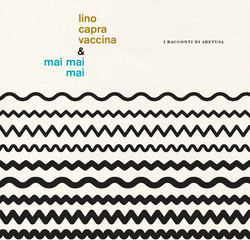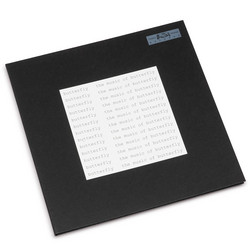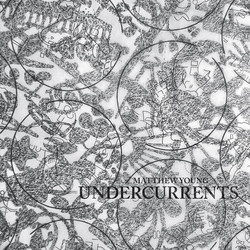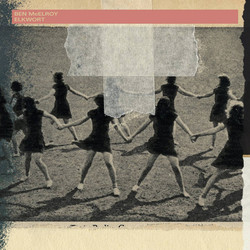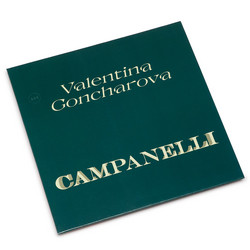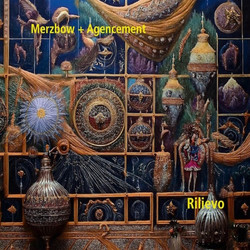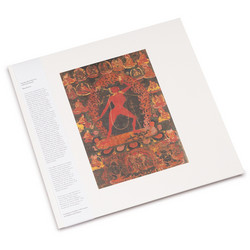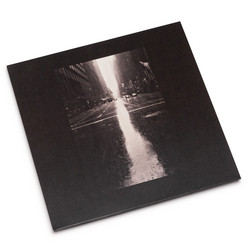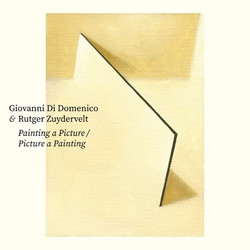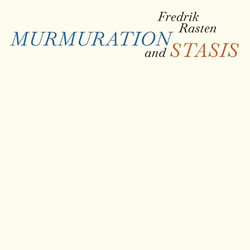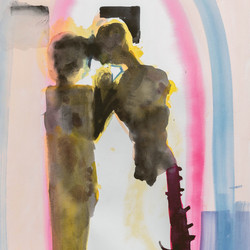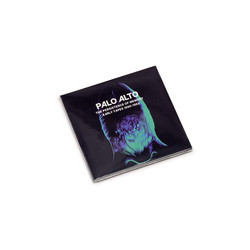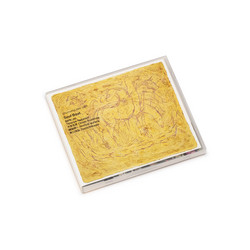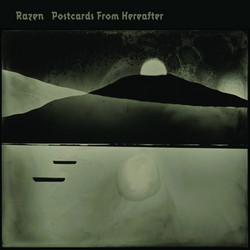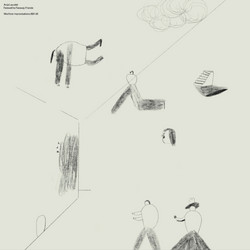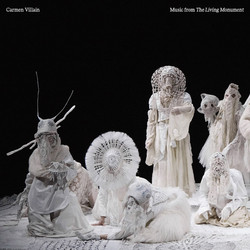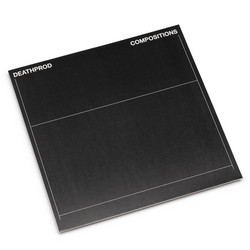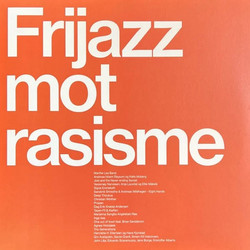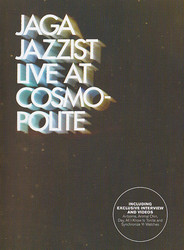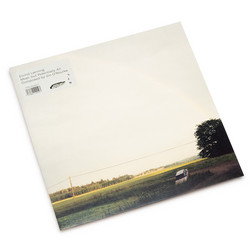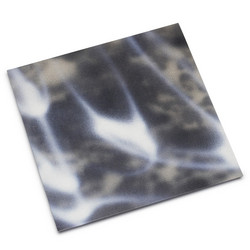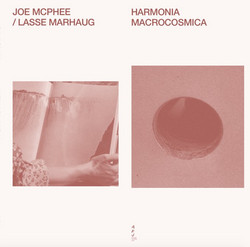Johanna Orellana
Las Camelias, Tres Equinas (LP, White)
Las Camelias, Tres Esquinas is the debut album by Norwegian-Chilean flautist and composer Johanna Orellana for the Oslo-based electronic and experimental music imprint, Smalltown Supersound. It is a collection of intimate electroacoustic compositions, flute improvisations and field recordings, augmented by the production and recording techniques of fellow Smalltown alum Carmen Villain. However, Las Camelias is also a solemn and deeply personal eulogy to Orellana’s recently deceased father, a Chilean political dissident, who escaped to Norway in the 1970s.
Over five tracks, bookended by two long-form arrangements, Orellana combines a range of flutes (bass, alto and regular C-flute) with audio sourced from film recordings made by her sister in their father’s Andean garden, where he returned to shortly before his death. Carmen Villain’s close miking techniques and subtle electronic post-production create space for Orellana to dive deep into both the flutes’ dynamic capacity for rhythm and melodic repetition, as well as the meta-musical sounds usually excluded from recordings of the instrument: parting lips, deep inhalation, hand movement, finger placement, tapping, exhalation, and a range of overtones whistling, humming and screeching louder than the note generated.
Occasionally, multiple flute tracks are combined and panned wide into a series of evolving sonic tapestries that recall various folk flute traditions, as well Maggie Payne, early Kraftwerk’s kosmische flute experimentation, the free improvisation of Don Cherry, or the subtle low brass meditations of Robin Hayward. Importantly, none of the flute tracks were made as overdubs but rather fused together in post-production into uncanny rhythmic parallels, capturing both Orellana’s internal clock and an overall sense of aleatoric composition.
On “El Jardin I” – “El Jardin IV”, Orellana runs through dozens of slight melodic variations, gradually decreasing the airflow until the tones transform into overtones; a soft wheezing generated by final breaths and eventually reborn as new melodic figures. The intimacy of both the field recordings and Orellana’s playing puts the listener not only in nature but almost inside of her mouth. Music and lung capacity become vital signs – and, in their absence, signs of passing in physical and sonic transformation. On album closer “San Fabian”, these themes merge into a final, trill-heavy, hallucinatory whirlwind of electronics and manipulated gasps. Las Camelias is an album made out of grief, but also a celebration of the physics of resonating bodies and the music hidden in the mechanics of technique.
